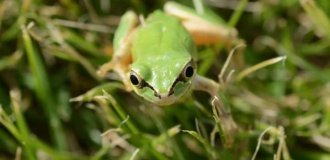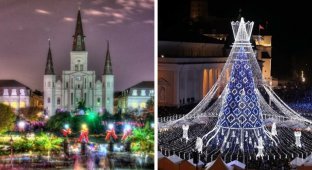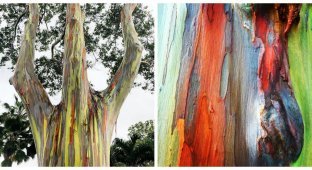New Year and Christmas trees in different countries (13 photos)
Although the tradition of decorating our houses and streets with Christmas trees appeared relatively recently, it has taken root so much that it seems as if it has always existed. 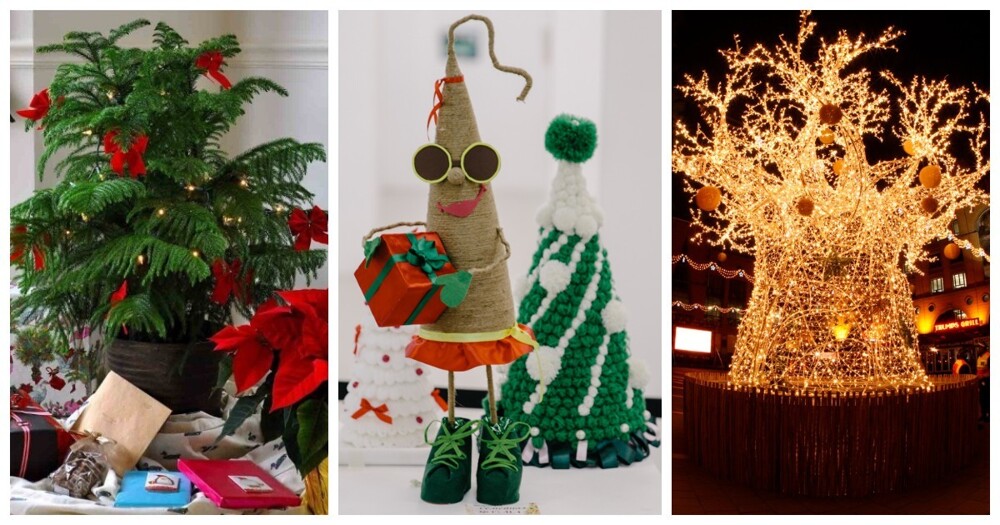
What do residents of other countries do, especially hot ones, for which conifers are exotic? 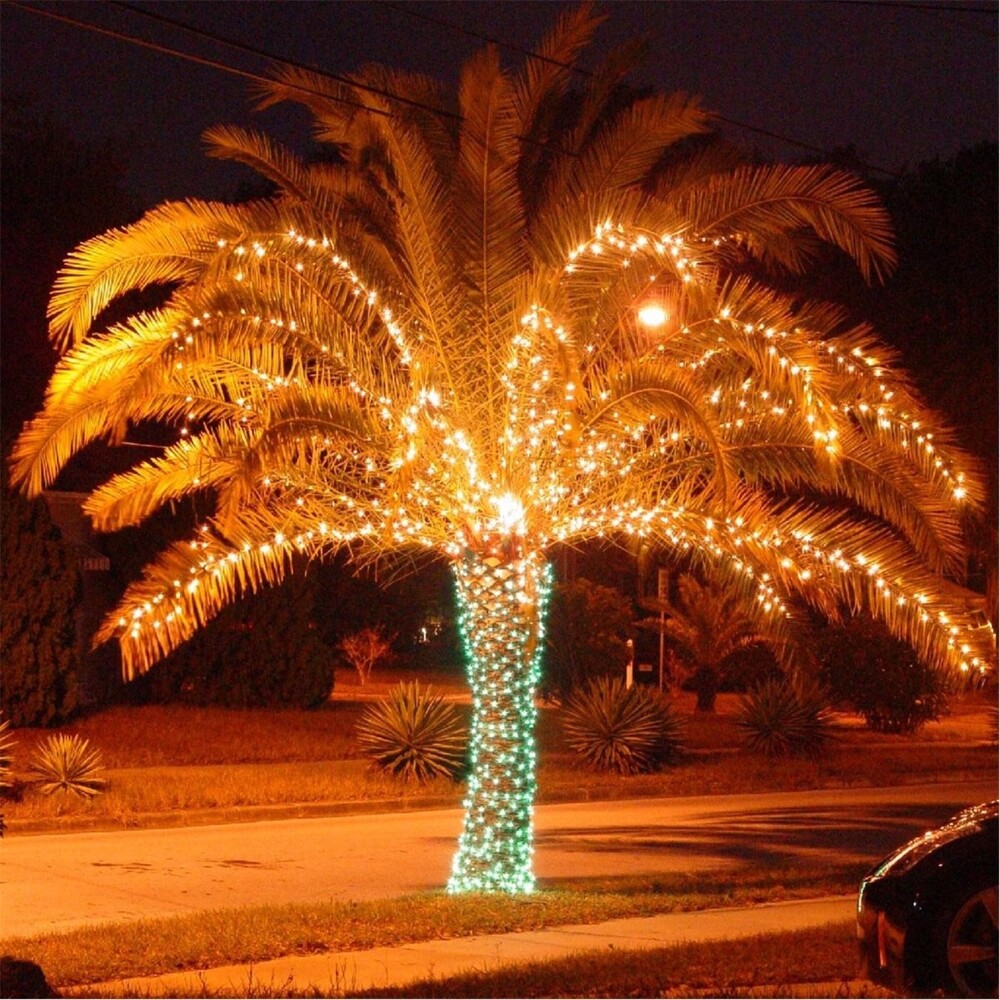
In Brazil and Mexico, palm trees are used for decoration. Although in the full sense it is not perceived as a symbol of the New Year, it is quite suitable for creating a festive mood. 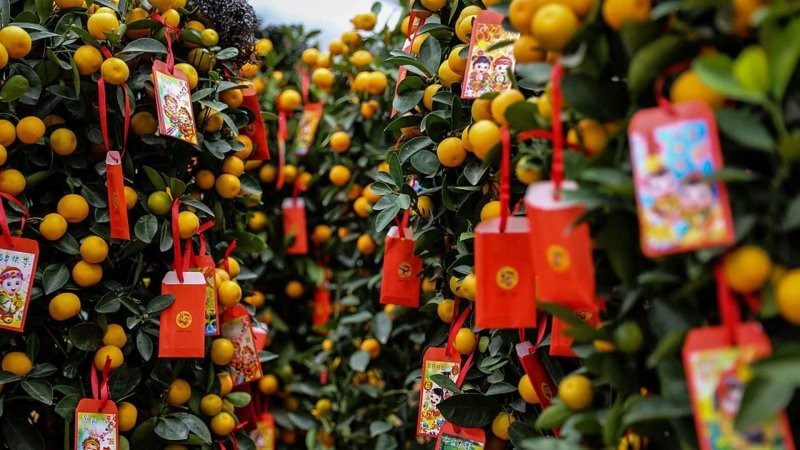
Residents of the southern regions of China use a small tangerine tree or kumquat as a symbol of the coming year. Yellow-orange is the traditional color of the robes of Chinese rulers. And happiness. 
Although Cubans believe in their wizards - the Magi, and not in Father Frost or Santa, they do not refuse the fairy-tale setting and dress up cacti. 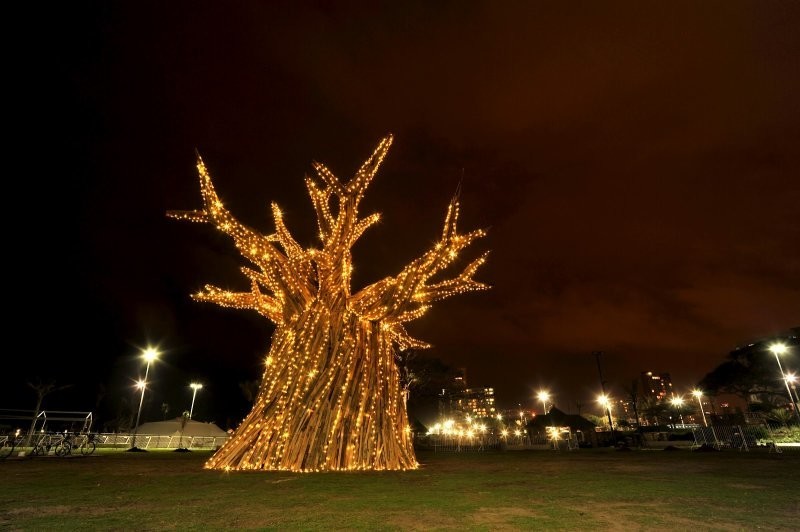
In African countries, the New Year's plant attribute is the baobab. What’s nice is that the giants remain in place, no one cuts them down. Just to add a festive mood, trees are decorated with garlands and other things that are at hand. 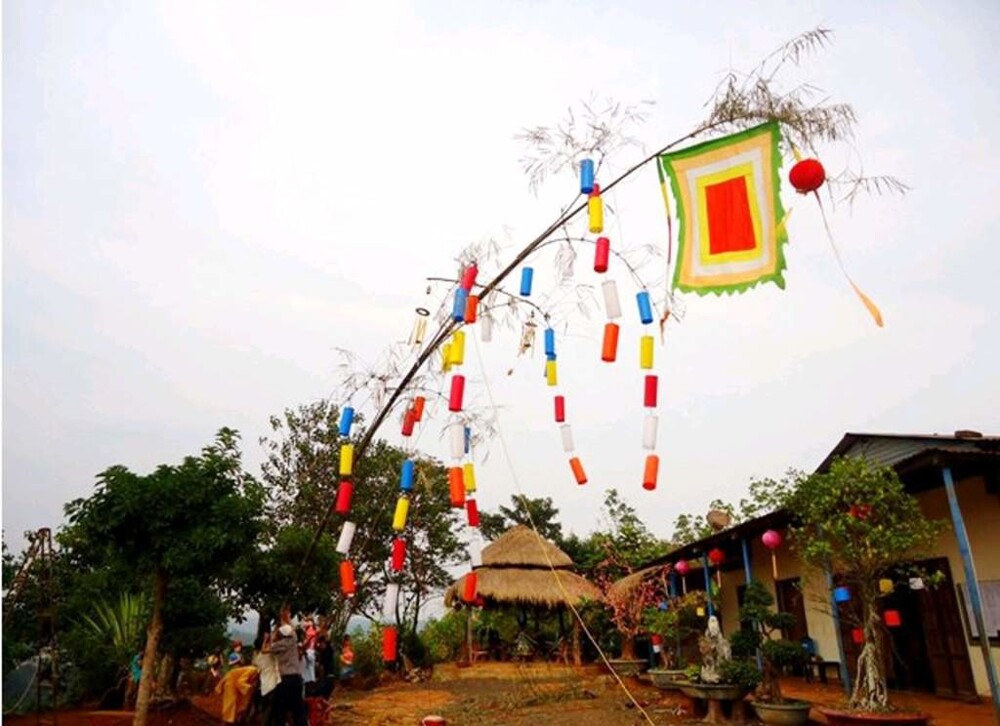
The traditional Vietnamese New Year tree, kay neu, is a bamboo stick with a small bunch of leaves on the top. It is decorated with feathers, leaves, bells and serves as a reference to the cult of ancestors and the world tree. 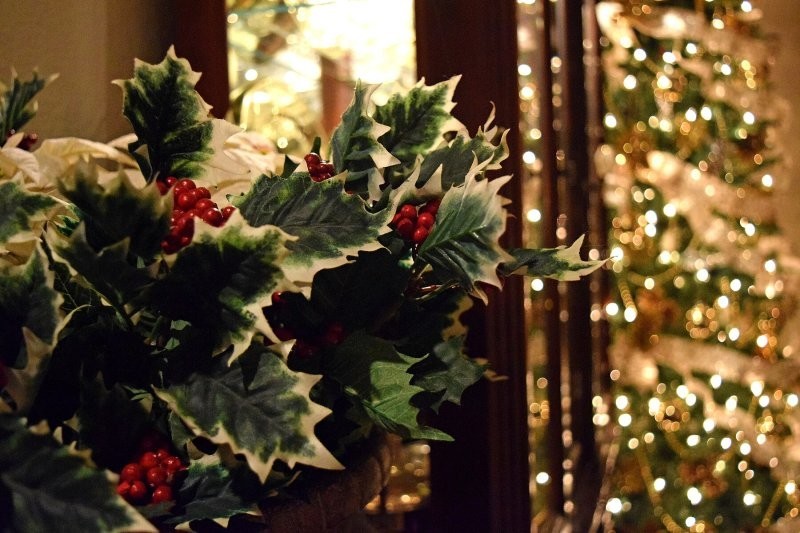
The traditional symbol of Christmas in Great Britain is the holly or holly. According to some versions, a wreath of Jesus Christ was made from its branches, and the red berries are drops of blood. 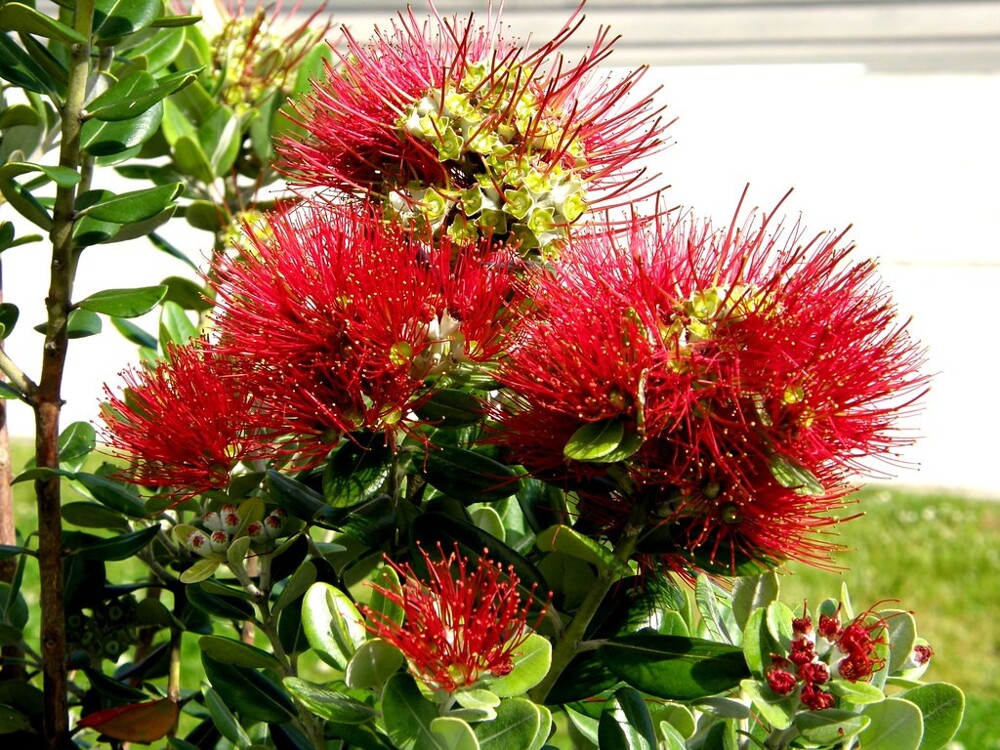
December is the hottest month in Australia. And it is marked by the flowering of Metrosideros - a tree with wonderful red flowers in the form of thin fibers. New Zealanders also use it as a symbol of the holiday. 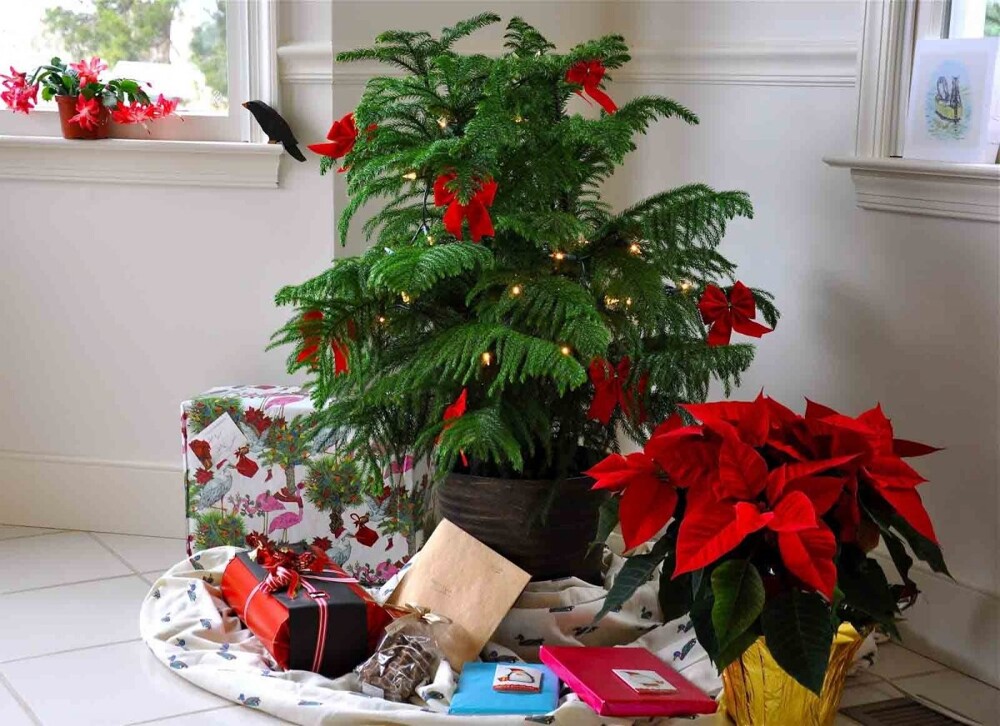
Araucaria is the oldest genus of conifers. Hawaiians use this miracle as a symbol of the New Year. 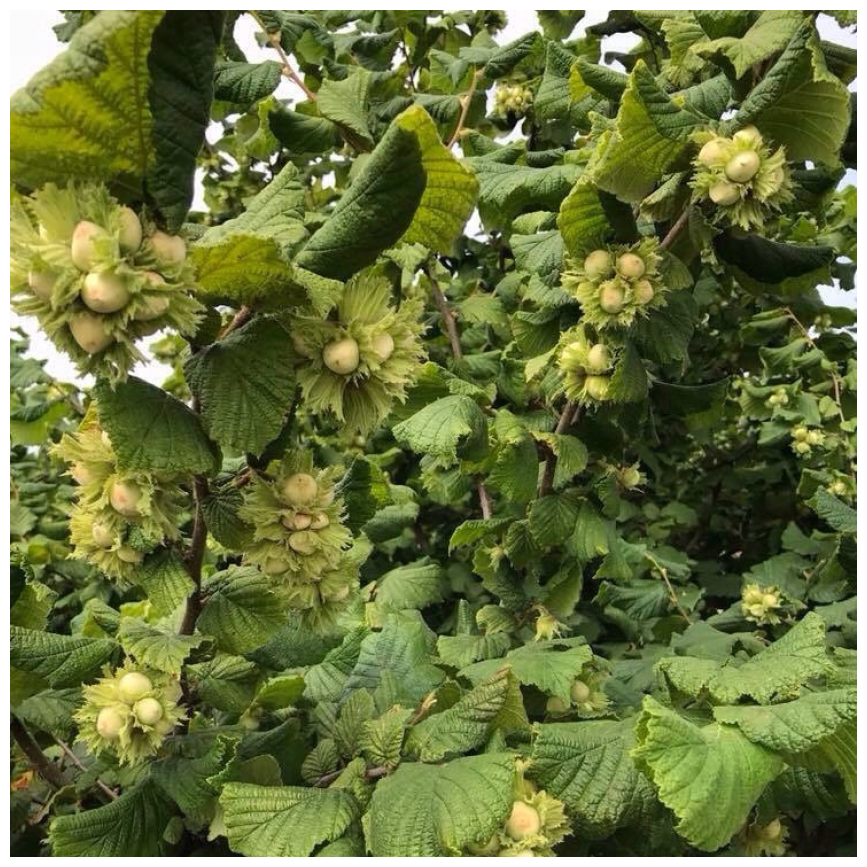
In Sudan, the symbol of the holiday is the hazel tree, which is associated with wealth and health. 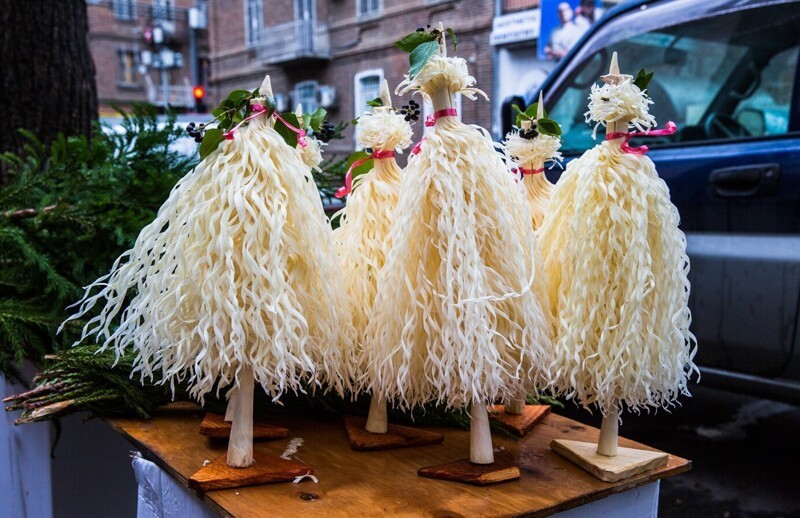
An interesting plant artifact in Georgia. This is a snow-white curly Chichilaki Christmas tree, the curls of which are made by not completely removing the shavings from the walnut twigs, connecting them into a bunch. After the holidays, chichilaki are traditionally burned, believing that the fire will destroy everything bad. 
In Nicaragua, the holiday tree is coffee. Strewn with fruits, it does not need decoration, serves as a symbol of wealth and fertility and is simply pleasing to the eye. 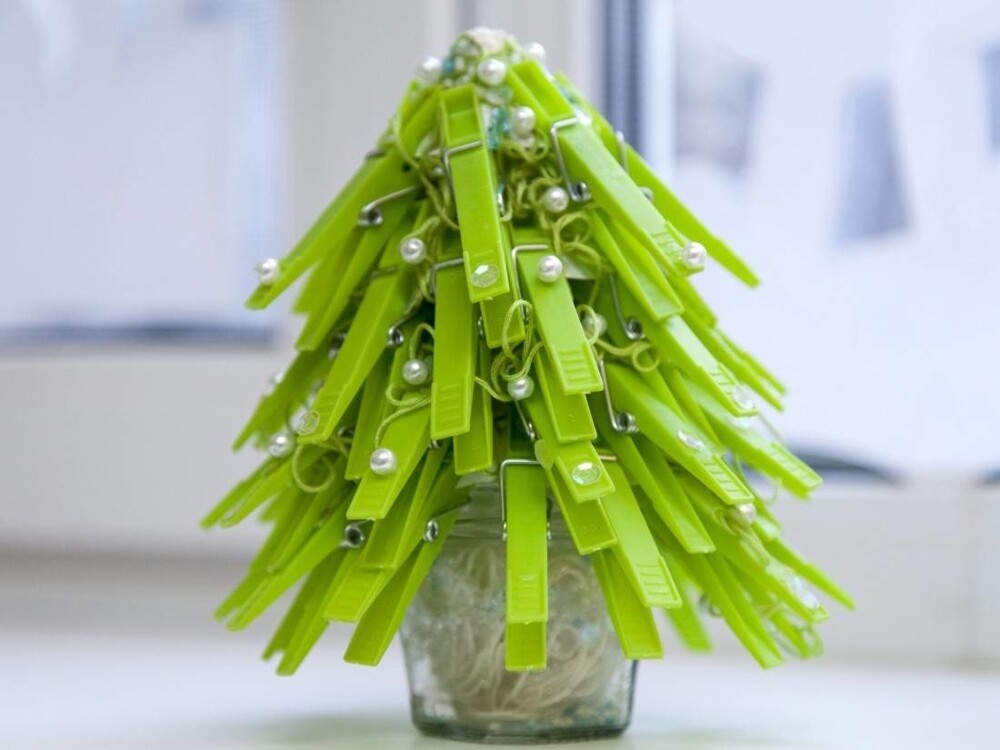
But in reality, it is not so important which tree will be decorated for the New Year. And will it happen at all? After all, the main component of the holiday is people and their emotions. And everything else is just auxiliary material.











